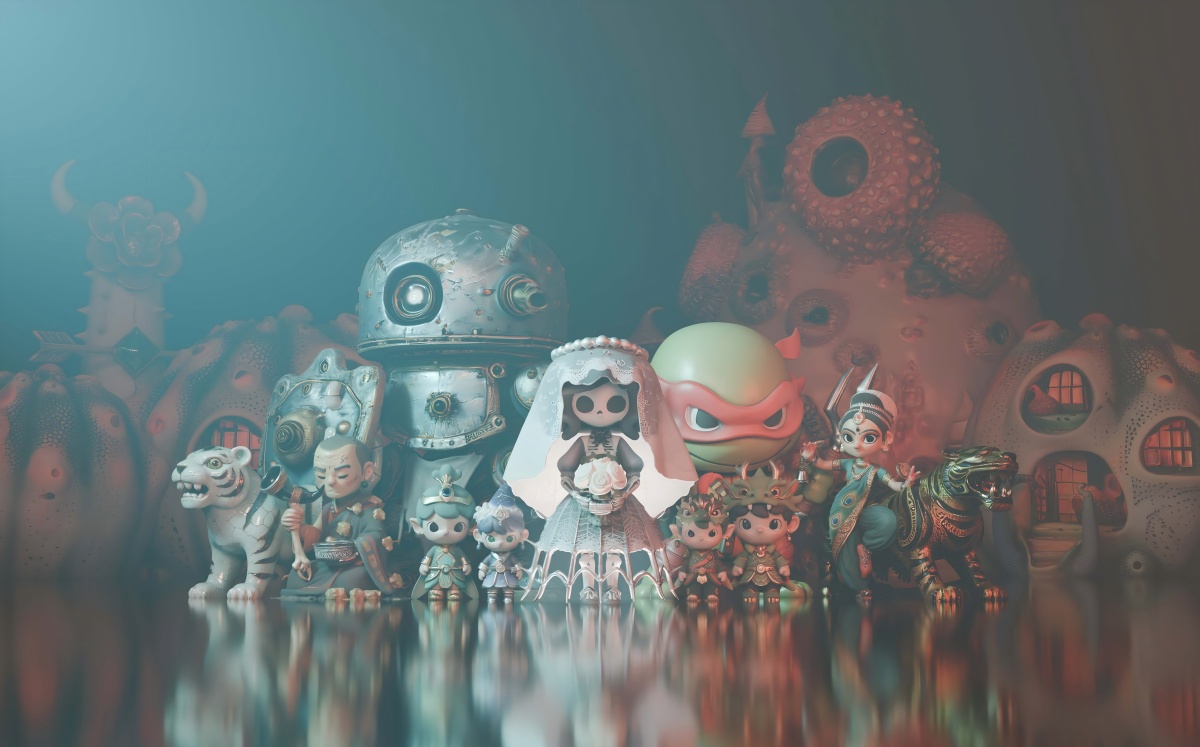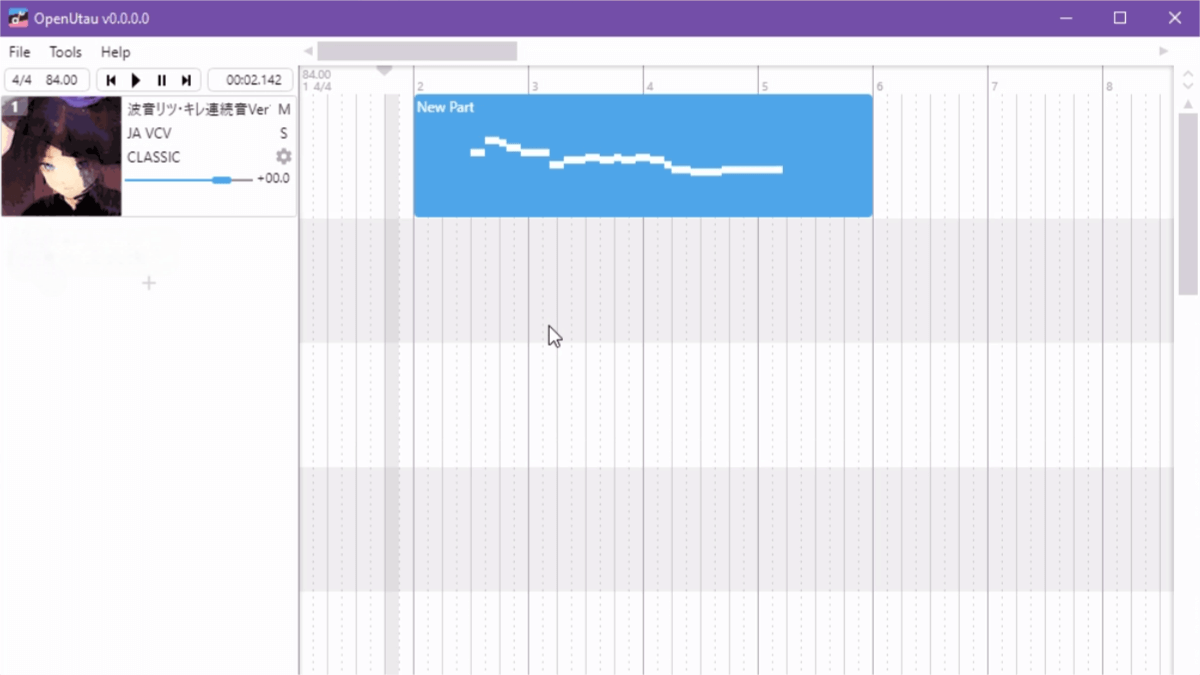Hunyuan3D-2.1 – Tencent’s open-source industrial-grade 3D generation model
What is Hunyuan3D-2.1?
Hunyuan3D-2.1 is an open-source project developed by Tencent’s Hunyuan team, focusing on high-fidelity 3D asset generation from images. It features physically based rendering (PBR) material synthesis, capable of generating realistic textures and materials such as metallic reflections and subsurface scattering effects. The model supports multi-modal input, including text, images, or sketches, and can rapidly produce high-quality 3D models. Hunyuan3D-2.1 is fully open-source, including model weights and training code, making it highly extensible and developer-friendly.

Key Features of Hunyuan3D-2.1
-
Multi-modal Input for 3D Generation: Supports generating high-quality 3D models from text prompts, single images, or multi-view images. For example, inputting “a rabbit wearing a blue scarf” will generate a corresponding 3D model.
-
High-resolution Geometry and Texture Synthesis: Utilizes a two-stage generation architecture that first produces a geometry-only model and then synthesizes high-resolution textures. This ensures both detailed geometry and rich, realistic textures.
-
Physically Based Rendering (PBR) Material Synthesis: The generated textures exhibit realistic lighting interactions, including metallic reflection and subsurface scattering, enhancing the visual fidelity of the 3D models.
-
Fast Shape Generation: Powered by the Turbo series and FlashVDM technology, Hunyuan3D-2.1 can generate shapes in under 1 second, with lightweight “mini” models generating results in as little as 0.5 seconds.
-
Multi-format Compatibility & 3D Printing Support: Outputs support a wide range of standard formats including OBJ, GLB, FBX, STL, and USDZ, making the models ready for use in 3D printing and various software ecosystems.
-
3D Mesh Simplification (Decimation): The system can automatically reduce mesh complexity to hundreds or thousands of triangles, preserving details while optimizing smoothness and rendering performance.
Technical Principles of Hunyuan3D-2.1
Two-Stage Generation Paradigm
-
Geometry Generation Stage: Uses a conditional diffusion model to construct an implicit Signed Distance Function (SDF) field. A differentiable Marching Cubes algorithm then converts it into an explicit mesh. This approach enhances topological consistency and fine detail modeling.
-
Texture Synthesis Stage: Incorporates a geometry-aware UV mapping network and CLIP-based visual-semantic alignment to generate high-resolution (4096×4096) PBR textures. These textures simulate realistic lighting interactions, such as metallic highlights and subsurface effects.
Multi-modal Input & Cross-modal Feature Fusion
Supports input from text, images, or sketches. Through cross-modal alignment techniques, the system fuses features from different modalities to ensure that the generated 3D asset accurately reflects the input conditions.
Adaptive Triangle Mesh Simplification
An intelligent mesh decimation algorithm adjusts the triangle count based on application needs, smoothing edges while retaining as much geometric detail as possible.
High Performance and Compatibility
Hunyuan3D-2.1 achieves excellent results in both speed and quality. The Turbo model series can generate high-quality 3D models in under 30 seconds. Outputs are compatible with industry-standard formats such as OBJ, GLB, and USDZ, and are ready for direct 3D printing.
Project Links
-
Official Website: https://3d-models.hunyuan.tencent.com/
-
GitHub Repository: https://github.com/Tencent-Hunyuan/Hunyuan3D-2.1
-
Hugging Face Model Hub: https://huggingface.co/tencent/Hunyuan3D-2.1
Application Scenarios
-
Game Development: Rapidly generate high-quality 3D characters, props, and environments to accelerate game asset creation.
-
Film & VFX Production: Generate complex 3D scenes and characters for use in visual effects, enhancing both production speed and quality.
-
Industrial Design: Speed up product prototyping with support for multiple 3D formats; generated models can be directly used for 3D printing.
-
E-commerce Visualization: Create 3D product models to enhance online shopping experiences. The models are compatible with mainstream e-commerce platforms.
-
Metaverse Content Creation: Mass-generate 3D assets like avatars and environments for building immersive virtual worlds.
Related Posts




